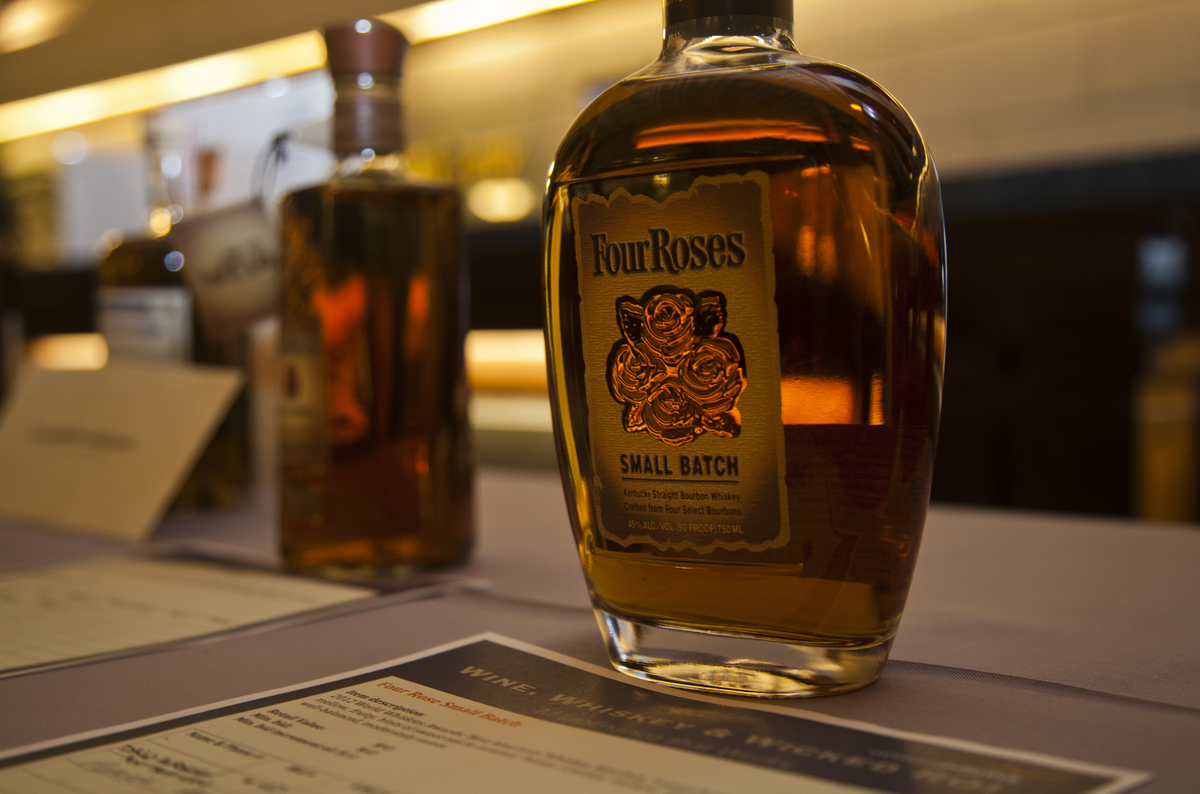How to Make Homemade Nocino
In Italy, the feast day for Saint John the Baptist (June 24th) is celebrated by picking unripe walnuts to make nocino. Nocino is a bittersweet liqueur that can be enjoyed several different way. Traditionally it is consumed neat after a meal as a digestivo to help the meal settle. You can also pour it over vanilla ice cream or swap it for vermouth in your favorite cocktails. But however you drink it, the great thing about nocino is how easy it is to make at home with a few simple ingredients and a little bit of time.
If you search the internet you will find a plethora of recipes but they all follow the same basic pattern: quarter green walnuts, add sugar, spices and alcohol and let sit in a large jar from a few months to a year. Since this is the first time I've ever made nocino, I decided to try two different recipes. The first is based on a recipe from an Australian producer and the second is a variation of the recipe found in The Drunken Botanist.
Supplies and Ingredients:
- Disposable gloves – the juice in the walnuts will stain your skin brown if you don't wear them.
- Large Glass Jar – I used a wide mouth 1 gallon jar.
- Cutting Board
- Large Chef's Knife
- Green (English) Walnuts – Some farmers markets will sell them but I picked mine from my boss's tree in Hayward. I also found that the larger walnuts were easier to quarter than the smaller ones.
- Neutral alcohol – the recipes I found were split between vodka (40% abv) and a high proof spirit like Everclear (75.5% abv), I went with everclear.
- Sugar – I'm sure you can go with whatever you have, but I decided to use organic raw sugar.
- Spices – The general suggestions are lemon peel, clove, cinnamon, star anise, and vanilla. I'm going to try a few different variations.
EZ Nocino #1
I filled the jar with quartered green walnuts layered with 600g of organic raw sugar. Covered, I placed the jar in the sun to sit for 2 days. After the two days I will top up with everclear and store in a cool dark place for 2 months, stirring once a week. After the two months I will strain out the solids and split this batch into a couple of large mouth, quart size mason jars. In each jar I'm going to try a couple different spice mixes (cinnamon, clove, vanilla and star anise) to see which I like best. I'll let these sit till next June when I'll strain and bottle them.
EZ Nocino #1
EZ Nocino #2
EZ Nocino #2
In a sauce pan I covered a cup of organic raw sugar with water and brought it to a simmer while stirring. I poured this simple syrup into my second 1 gallon jar and zested two small lemons. I filled the jar with quartered walnuts and topped up with everclear to sit in a cool dark corner. After two months of weekly shaking, I'll strain out the solids and split it liquid into a couple of large mouth, quart size mason jars. I'm going to try the same spice experiment describe above to try and find the right mix.
I'm excited to see the process through because the bottle my boss gave me from the batch he made last year was really good. If you are interested in making your own there is still time. There are still a few weeks before the hard woody shell will start to form inside the husk. Once the hard shell forms, the walnuts will be very difficult to cut.
Good Luck!








